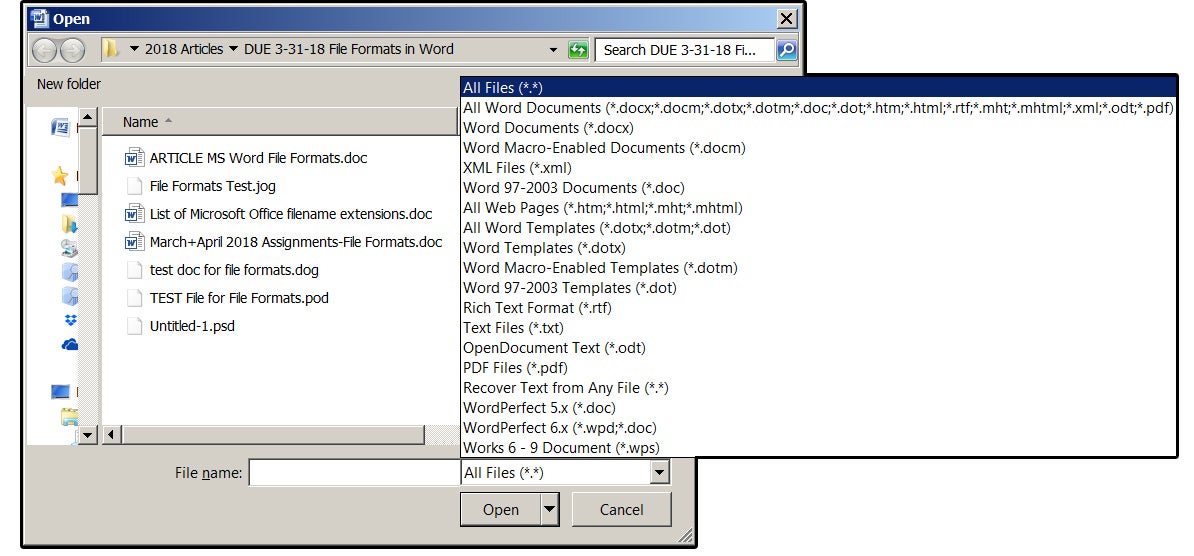
The only reason to use the older DOC file format now would be to recover some files older than ten years, or to work with a very much out-of-date word processor. The open nature of the Office Open XML standard means that it can be read by just about any full-featured word processor, including online tools like Google Docs. The format creates smaller, lighter files that are easier to read and transfer. Which One Should You Use? The same document is only a fraction of the size in DOCX format versus the older DOC.ĭOCX is a better choice for just about every situation. Ten years later, DOCX has become the new de facto standard, though it’s not quite as universal as the older DOC file format was thanks to competitors like ODF and a general decrease in traditional word processor usage. Modern word processors support both DOC and DOCX formats, among others. But in any case, some users manually saved files in the older DOC standard instead of DOCX for the sake of compatibility…somewhat ironically, since it was only more compatible with older versions of Word, not with other cross-platform tools like Open Office Writer. This wasn’t entirely true Word 2003 can read special Word XML file formats, and compatibility updates were later applied to other versions.
#DIFFERENT WORD FILE FORMATS SOFTWARE#
At the time, many users assumed that the new DOCX format and its Microsoft Office contemporaries were merely a means for Microsoft to phase out older versions of the software and sell new copies, since older releases of Word and Office couldn’t read the new XML files. The XML-based DOCX format became the default save file for Word in the 2007 version of the software. This language allowed for a few benefits, most notably smaller file sizes, less chance of corruption, and better looking compressed images.

The standards were presented under the name “Office Open XML” (no relation to the Open Office program) since the formats were based on Extensible Markup Language rather than the older and less efficient binary-based format. Since 2008, Microsoft has released and updated the DOC format specification several times for use in other programs, though not all of Word’s advanced functions are supported by the open documentation. Since Office and Word were the de facto standards for office productivity suites and word processors, respectively, the closed nature of the file format undoubtedly helped Microsoft retain its domination over products like Corel’s WordPerfect. In the 90s and early 2000s, various competing products could work with DOC files, though some of Word’s more exotic formatting and options weren’t fully supported in other word processors. Microsoft Word has used the DOC file format for over 30 years. As an extension explicitly for Microsoft’s proprietary document processor, the format was also proprietary: Word was the only program that officially supported DOC files until Microsoft opened the specification in 2006, after which it was reverse-engineered. Microsoft Word started using the DOC format and file extension over 30 years ago in the very first release of Word for MS-DOS.

DOC is only necessary if the file will be used by pre-2007 versions of Word.

Both are relatively open, but DOCX is more efficient and creates smaller, less corruptable files . What’s the difference, and which one should you use?ĭOC is a document format used by Microsoft Word, while DOCX is its successor. This wasn’t simply a belated 1990s “extreme” version of the format-that extra X stands for the Office Open XML standard. Starting in 2007 with the updated version of Word (and Microsoft Office), the default save format was changed to DOCX. For most of its long history, Microsoft Word has used a proprietary format for its saved files, DOC.


 0 kommentar(er)
0 kommentar(er)
